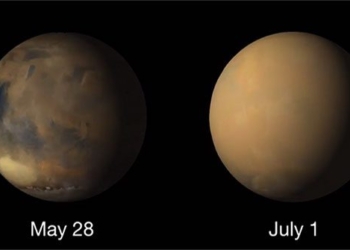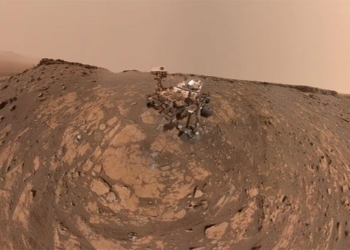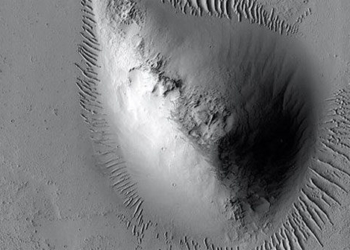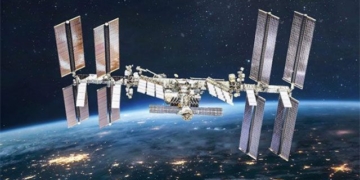Software upgrades will enhance the MARSIS instrument on the Mars Express spacecraft, allowing for better signal reception, more efficient data processing, and extended operational life.
Engineers at the European Space Agency (ESA) are upgrading the Mars Express spacecraft, which has been orbiting Mars for nearly 20 years, after using Windows 98 for its software, as reported by Interesting Engineering on June 27.
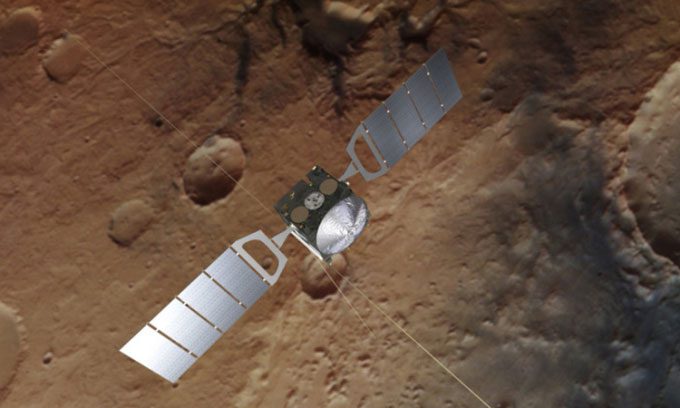
Simulation of the Mars Express spacecraft. (Image: ESA/ATG medialab/DLR/FU Berlin)
Mars Express was launched into space in 2003 and continues to orbit the red planet. Throughout this time, the Advanced Radar for Subsurface and Ionospheric Sounding (MARSIS) instrument on Mars Express has operated on software developed for Windows 98.
“We face many challenges in improving the performance of MARSIS, especially since the software was designed over 20 years ago, using Microsoft’s Windows 98-based development environment,” explained Carlo Nenna, a software engineer for MARSIS responsible for the upgrade. ESA has not disclosed the name of the software being upgraded for MARSIS or the operating system for the new system.
The software upgrade for the MARSIS instrument means that Mars Express will be able to observe beneath the surface of Mars and its moon Phobos in greater detail than ever before, according to ESA’s announcement. This is highly anticipated as MARSIS is a crucial instrument that helped the spacecraft discover a massive underground water reservoir on Mars in 2018.
The Mars Express transmits low-frequency radio waves to the surface of Mars using a 40-meter-long antenna to search for water and study the atmosphere of the red planet. The radio waves allow the onboard instruments to probe approximately 5 kilometers beneath the surface of Mars. According to ESA, the software upgrade will enhance data quality.
The upgrade improves the signal reception capabilities of the MARSIS antenna and increases data processing efficiency, allowing for extended observation periods. “By filtering out unnecessary data, the new software enables us to operate MARSIS five times longer and explore a much larger area,” explained Andrea Cicchetti, the MARSIS operations manager at the National Institute for Astrophysics in Italy (INAF).
“The new software will allow us to study areas on Mars more quickly and extensively with high resolution, thus confirming whether they are sources of water. This really feels like having an entirely new tool on board Mars Express after nearly 20 years,” Cicchetti added.








































